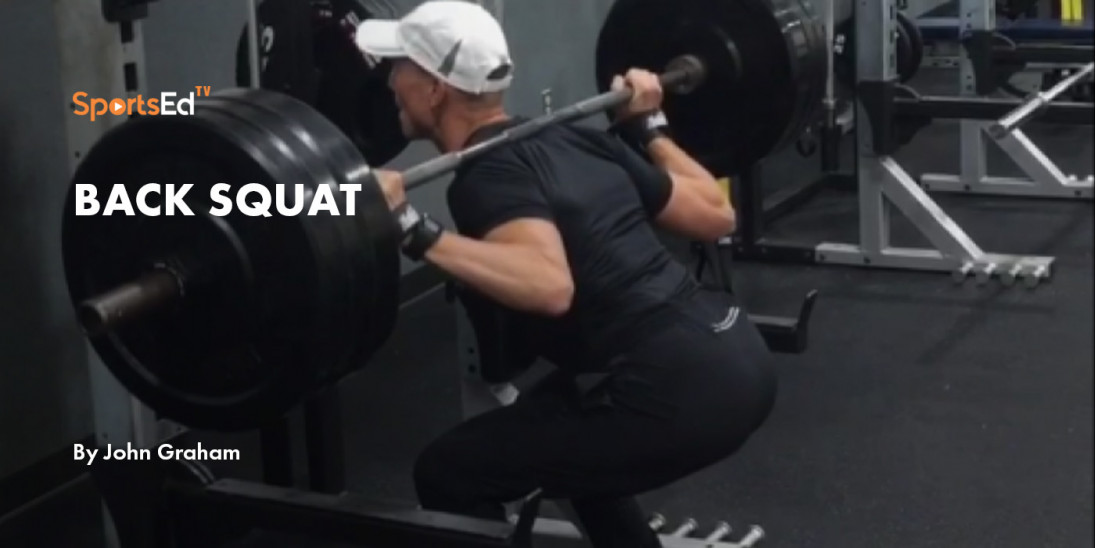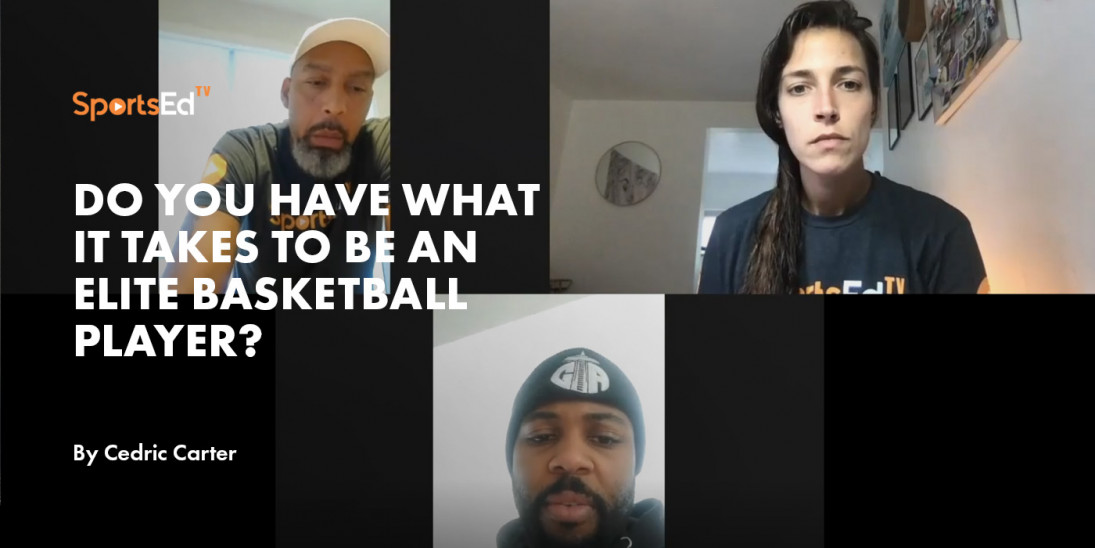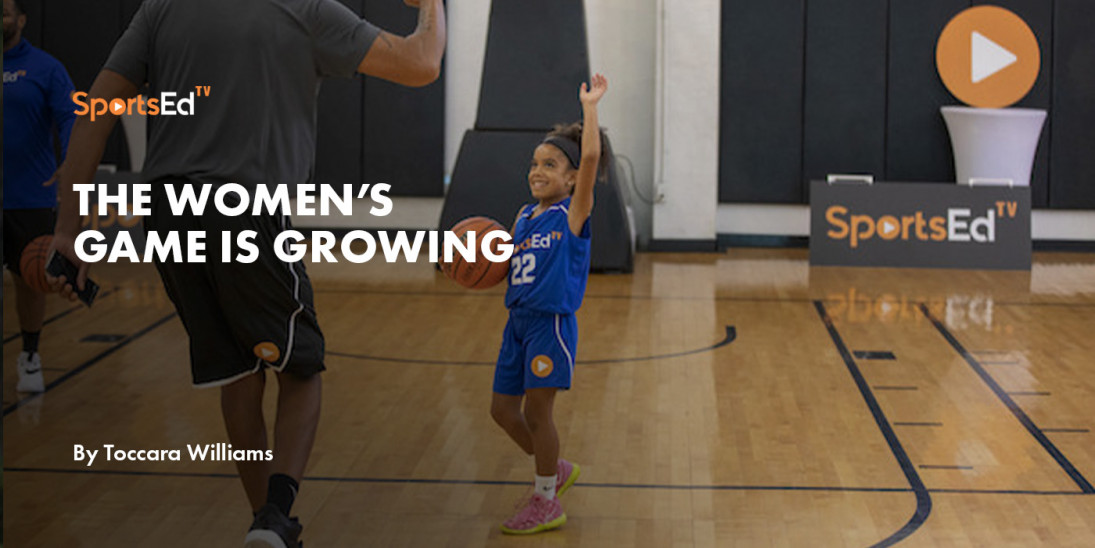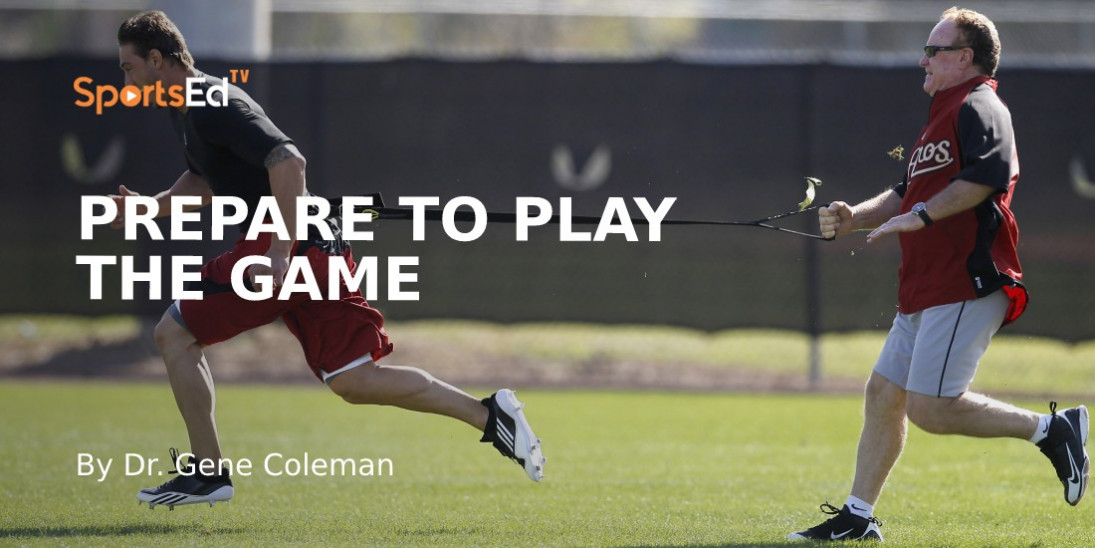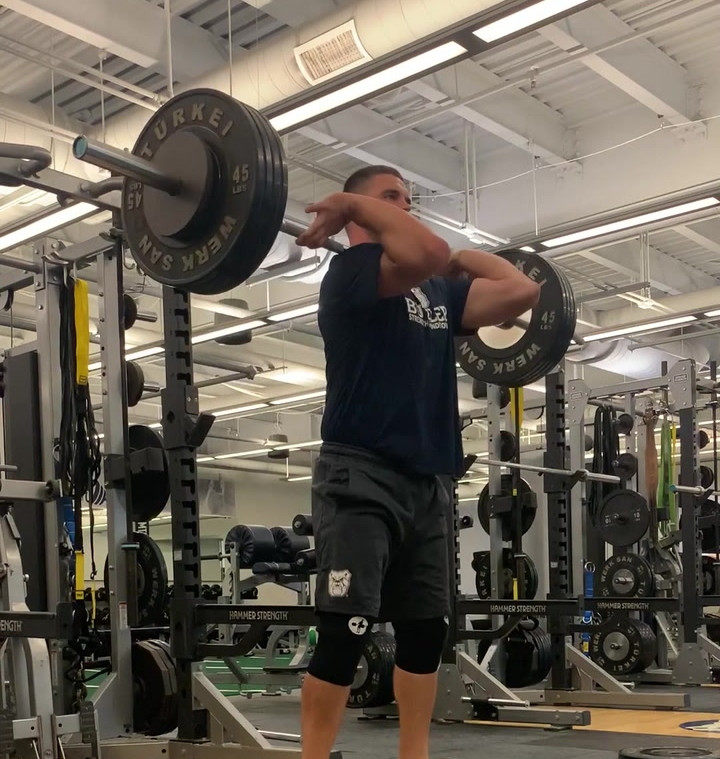Basketball, Strength And Conditioning
Welcome and thanks for visiting...

Being Athletic Versus Being an Athlete
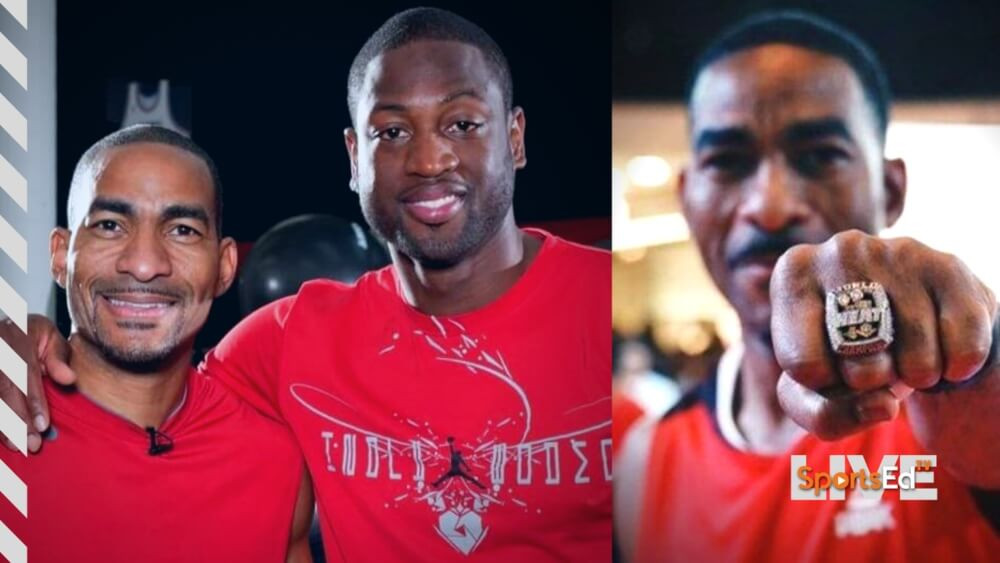
Ed Downs is an American Council on Exercise Certified Personal Trainer and Sports Performance Specialist with more than 25 years of experience training professional athletes and Military Special Operations personnel. He joins SportsEdTV Executive Director, Mark Strickland and Content Manager, Jaki Goldner, to talk about the physical and cognitive differences between being an athlete and being athletic.
SportsEdTV Basketball is committed to bringing athletes, coaches, and parents pro-level basketball education videos for FREE. All levels, anywhere, anytime. Check out our full instructional library and sign up to join our basketball community!
SportsEdTV: Thanks for joining us, Ed! Please introduce yourself.
Ed Downs: My name is Ed Downs. I'm a pro trainer. I've been in this business for like 28 years now, 20 years on my own terms, consulting different players, professional players, collegiate players, high school, as well as our special operations guys out there, Navy SEALs, the Green Berets, all that stuff. I know, Mark, because I worked with him many years ago when he was playing with the Heat. So Alonzo Mourning, Tim Hardaway Sr., at that time, as well as guys like Mashburn, Vashan Lenard, that whole crew. A bunch of lethal bad brothers.
SportsEdTV: Starting with a very high-level topic that digs into the core of being a successful basketball player, being an athlete versus being athletic. Why don't you go ahead and explain today's topic and what the difference is in your perspective?
Ed Downs: I work with guys Mark knows, D Wade, Brons, a lot of other top guys, not just in basketball and also baseball guys like A-Rod. One thing we do notice is a lot of guys are athletic and does that mean they are an athlete? And I say no. So I call these athletic dudes practice heroes. Guy can ball in practice or female can ball in practice. And she's nice in the game or you know, because you got to understand in order to be a good athlete, to be able to perform what we call operational performance, performing in your job or duty or whatever your certain factors, you need it to be athletic. And the difference is the cognitive features of having to think on the run have to be physically strong and explosive while thinking, remembering plays, making the right decisions, and recognizing the defense. He's got to understand what everybody is doing while he's still in shape, while he's still fit, while he still has endurance, that a fitness person is athletic. But also, be smart, have a high sports IQ. And that's what I noticed separates these athletic dudes compared to the ones that I consider athletes. They have the physical side as well as that cognitive features that are necessary to perform in the sport.
SportsEdTV: Mark, what's your experience on this topic? Did you grow up an athlete or were you more athletic growing up and build more of that athlete side?
Mark Strickland: I was always athletic. I was blessed enough to be in an area where I played an aggressive part, which is a rec center with multiple sports, Little League Baseball team they still talk about this day, and I played on the football team, we lost one game in six years. So I was introduced to sports early. My dad was a very great athlete. He was being put in the paper when African-Americans weren’t put in the paper. So that was my drive out of those athletic skills. So I was always athletic. I could play, you know, I was good at football, baseball and basketball.
SportsEdTV: I think when we're when we're talking about the youth, maybe anywhere from like six to 10 years old, it might be really easy to blend your athletic child for an athlete - just a little kid that is understanding the game, has high skills and skill set for their or their age. When is it important to introduce a higher level of training, when to normalize this training? Do you introduce it with all the other fundamentals that we do to youth in basketball today?
Ed Downs: Well, what's interesting is one thing people are always concerned about is when do you start weight lifting, distance training? Right. I always tell them, you know, do your kids do push ups? If you’re doing pushups, you're pushing up a certain amount of weight of your body. That means, they can probably do a five pound dumbbell curve. So the main thing is making sure you don't overexert them or make sure that that training is so intense that either way to get disappointed. You want to keep it fun at those ages and ages six, seven, eight, and make sure it stays fun. Some kids have naturally good skill sets like Mark, for example. He says he's athletic. But it also took things like recognizing what's about to happen, that anticipation, things like that. Do you use your head naturally or by playing often, playing pick up ball and things like that? A lot of it really is being born with some of those skills, but a lot is individual repetition these days.
A lot of times we look at that age 13 because I don't want to ever go against a doctor who says that you're risking fractures in the growth plates and to do some resistance training, too. So that's why now these kids see these things like resistance bands, excellent tool, you know, balance boards, bosu balls and things like that. You definitely want to introduce that one to a ten year old or a nine year old. Whereas before we didn't have that, you know, and like you said, the Internet. YouTube stuff that we never would have access to like trying different moves from different countries, doing stuff like that. And they're actually able to pick it up, which is awesome. But when it comes to your set, I think it's OK to do earlier when it comes to my fitness type stuff, strength training, those kind of aerobics, HIIT training. You want to make sure that you're doing the proper progression, because if you don't now, you increase the chance of injury enough and that’s what you do not want. And that's what we see. So many injuries now in younger kids that we didn't see. We didn’t see hundreds of ACL tears, non contact injuries back in the 80s and 90s. Now you do. Two hundred thousand a year noncontact. Like Mark said earlier, guys are doing too much of the same thing too many times. With that one exercise, we might even change it to a karate movement that helps you in basketball and muscle differently. It makes sense.
SportsEdTV: Any final thoughts on this topic?
Ed Downs: The one tip to get started as an athlete, first, I'd say continue working on your skill set because you can be an athlete. Work on your skill and set those reps. And like we talk about being a basketball player, your handling, your shooting, your passing skills. That's important. But knowing how to integrate it with those other things with speed. Ball handling with speed, shooting, coming off the dribble, coming off the catch and shoots, doing things like that and also trying to work on that cognitive side. So we got to look at film. The more kinds of basketball games we watch, the more we understand the game, you know. So you should start doing that. Not just watching basketball, like an NBA basketball game, but also watching your film. Look at film, see what you did right, and what you did wrong.
